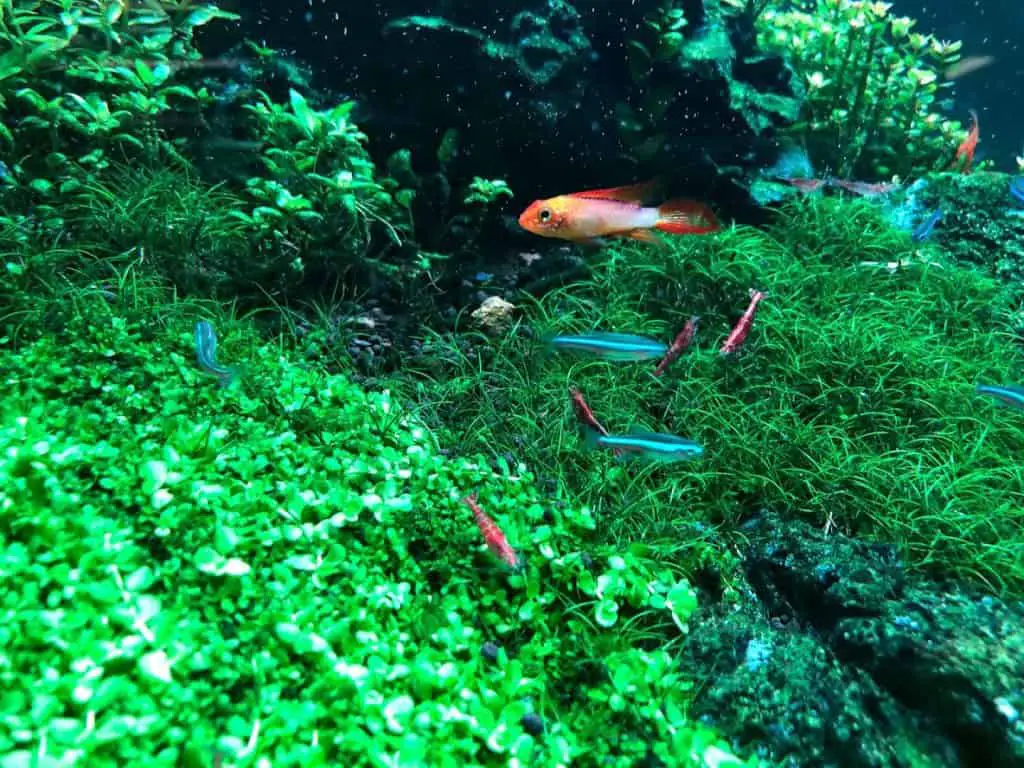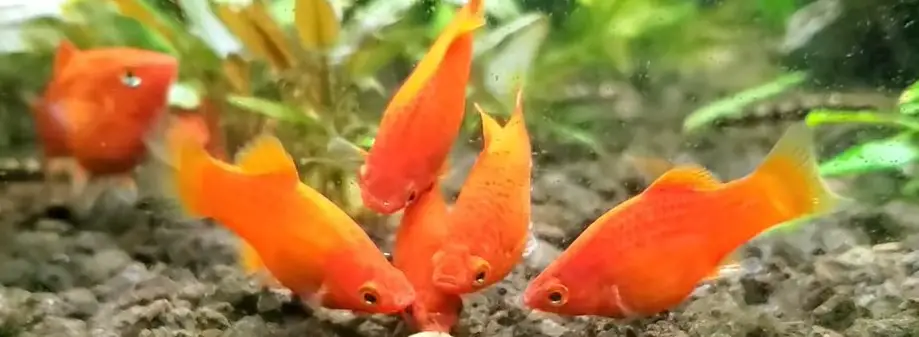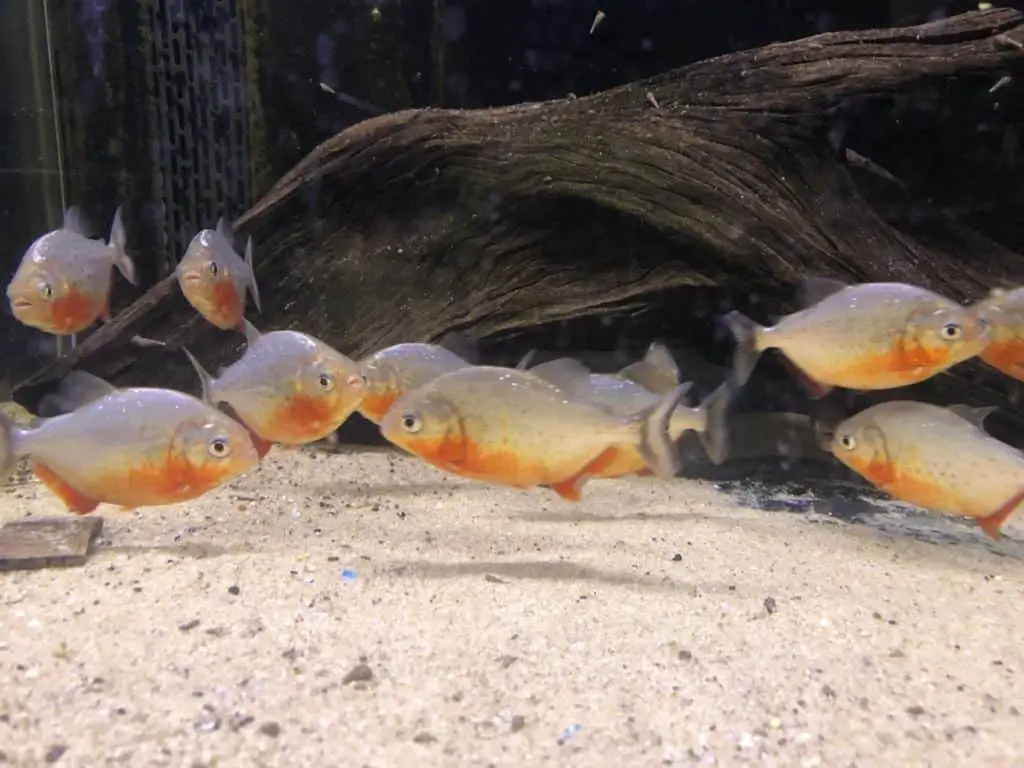Are you new to aquariums and wondering how many fish you can safely put in your tank? The answer to this question is not as simple as a one-size-fits-all approach.
One inch of fish per one or two gallons of water. This rule is widely known and followed by many aquarium enthusiasts.
There are many factors to consider, such as the size and type of fish, the filtration system, and the need for space for active and schooling species.
Additionally, you need to consider the fish’s adult size, as some species can grow quite large and require more space. By understanding these guidelines and rules, you can ensure that your aquarium is properly stocked and your fish are happy and healthy.
Factors to Consider
Before you decide on the inhabitants of your aquarium, it’s important to consider various factors that will impact the health and happiness of your aquatic creatures.
The size and shape of the tank are important considerations, as are the filtration system and the needs of the fish you plan to keep. It’s important to understand that the one inch of fish per one or two gallons of water rule is a rough estimate and that modern filtration systems, live plants, proper lighting, and the type of fish can all impact the number of fish your tank can support.
Larger-bodied fish create more waste and require more water volume, while active and schooling species need room to swim. Schooling fish should be kept in multiples, which means more space will be needed.
The true adult size of the fish must be used in the calculation for tank stocking, so it’s important to research the fish in question to determine their actual adult size before making any purchase.
Additionally, the surface area of the water directly impacts how many fish can be kept in an aquarium, which is calculated by multiplying the width times the length of the tank.
With these factors in mind, you can calculate the stocking levels for your aquarium and ensure that your fish have plenty of space to thrive.

Calculating Stocking Levels
Calculating how much water volume and surface area your aquarium needs is crucial in determining the proper number of aquatic creatures to add. The one-inch rule is a good starting point but doesn’t consider different species’ sizes, activity levels, and waste production. To get a more accurate stocking level, consider the fish’s adult size, the tank’s shape, and the filtration capacity.
To calculate the water volume, measure your tank’s length, width, and height in inches, and multiply them together. Then, divide the result by 231 to get the number of gallons. For example, a 24 inches long, 12 inches wide, and 16 inches high tank has a volume of 4,608 cubic inches, equal to 20 gallons.
To calculate the surface area, multiply the length and width in inches and divide the result by 144 to get the square footage. This number will determine how much oxygen exchange and gas transfer your aquarium can handle, which is important for the health and well-being of the fish.
The importance of surface area goes beyond just the stocking level, as it also affects your tank’s oxygenation, temperature stability, and overall aesthetics. Understanding the relationship between water volume, surface area, and stocking level can create a harmonious and sustainable ecosystem for your aquatic pets.

Importance of Surface Area
You may not realize it, but the surface area of your aquarium is crucial for maintaining a healthy and happy environment for your aquatic pets. The surface area of your aquarium plays a vital role in the oxygen exchange between the water and the air. The greater the surface area, the more oxygen can diffuse into the water, which supports more fish.
Therefore, when calculating the stocking levels of your aquarium, it’s essential to consider both the volume and the surface area of the water. A larger surface area can support more fish, even if the volume of water remains the same. So, when choosing the size of your aquarium, it’s wise to prioritize a larger surface area over the volume of water.
With a larger surface area, you can provide a better home for your aquatic pets and ensure their overall health and happiness.
Let’s move on to the next section about introducing fish to the tank.

Introducing Fish to the Tank
Now it’s time to add new friends to your aquarium and watch them explore their new home! But before you run to the pet store, it’s important to remember to introduce fish to the tank gradually.
Introducing too many fish at once can cause a spike in the ammonia levels and put stress on the beneficial bacteria colonies that filter the water. Add a few fish to avoid this, starting with the hardiest species. Wait a week or two before adding more fish to allow the water to adjust to the increased bio-load. It’s recommended to introduce no more than 25 percent of the total volume of fish at one time.
Following this approach gives the beneficial bacteria colonies time to adjust to the new bio-load, keeping your fish healthy and happy.
As you add new fish to your aquarium, it’s important to remember the role of filtration in maintaining a healthy environment.

Role of Filtration
Maintaining a healthy environment for your aquatic friends is crucial, and the key to achieving this lies in the effectiveness of your filtration system, ensuring that your tank resembles the clear waters of a tropical paradise rather than the murky depths of a swamp.
Here are some things to keep in mind when considering the role of filtration in stocking your aquarium:
- Your filter should run four times the total volume of water in the tank through the filter each hour. This means that a 10-gallon tank requires at a minimum a filter rated at 40 gallons per hour.
- There’s no danger of over-filtering your water. In fact, the more filtration, the better.
- Filtration plays a large part in how many fish your aquarium will support. Without proper filtration, fish waste can quickly accumulate and become toxic to your aquatic friends.
- Beneficial bacterial colonies need time to adjust to changes in the bio-load, so it’s important not to introduce too many fish at once. Introduce fish a few at a time to allow bacterial colonies to adjust to changes in the bio-load.
FAQ
Conclusion
Congratulations! You now better understand how to stock your aquarium with happy and healthy fish.
Remember, it’s not just about how many fish you can fit in a tank but also about the surface area, filtration system, and the adult size and behavior of the fish.
By following these guidelines, you can create a thriving aquatic ecosystem that will bring joy and wonder to your home.
Like a conductor leading a symphony, you’re now equipped with the knowledge to orchestrate the perfect balance of fish and habitat in your aquarium.
With careful planning and consideration, you can create a beautiful, harmonious underwater world that’ll delight you and your aquatic pets.
So go forth, and let your creativity and passion for fish-keeping guide you on this exciting journey!
